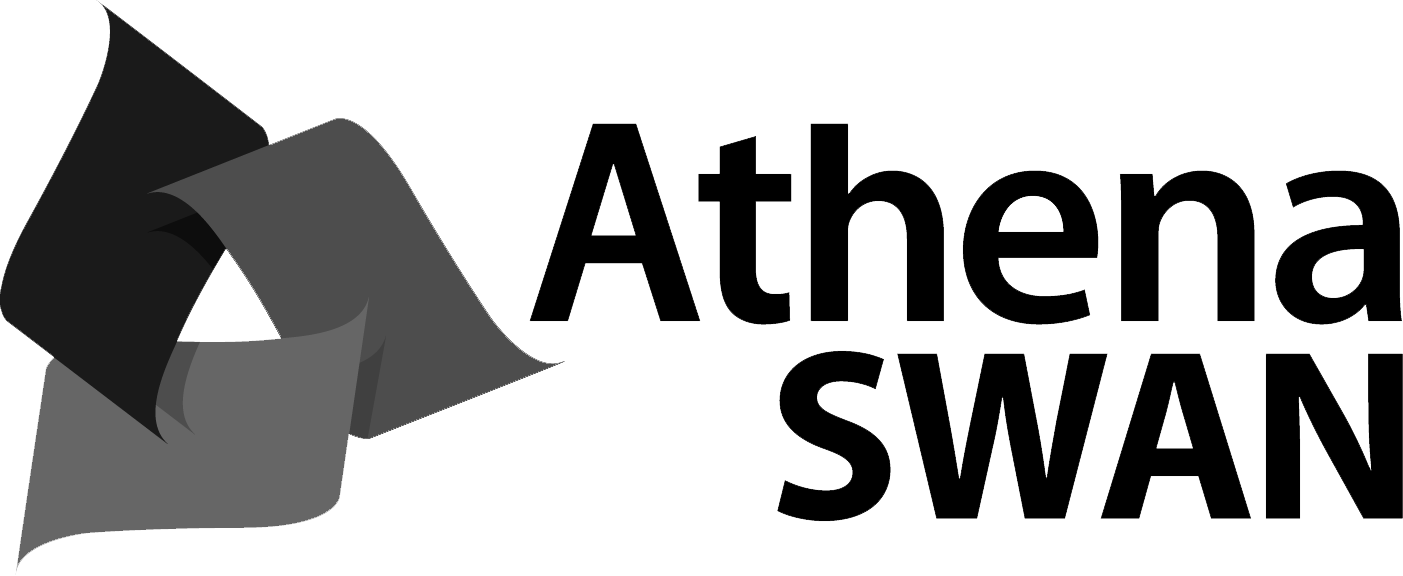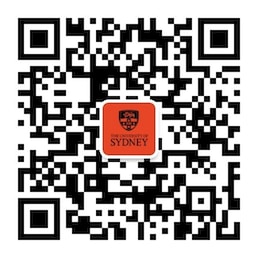Athletic endeavours are often accompanied by sport-related injuries. This unit will provide students with an understanding of the complex and multifactorial nature of sports injuries as the keystone to establishing effective injury prevention programs. Key topics in this unit will provide an understanding of injury causation, of intrinsic and extrinsic risk factors (such as training loads, overtraining, fatigue and wellness influences) and their inter-relationship and contribution to injury incident, and examine mechanisms leading to injury. This unit will present the fundamental aspects of injury epidemiology by exploring injury definitions, and the injury indices of type, location, mechanism, severity, and incidence. Injury surveillance paradigms and risk factor analyses and statistical methods will also be investigated through analysing students own collected data or data from other sources.
Unit details and rules
| Academic unit | Movement Sciences |
|---|---|
| Credit points | 6 |
| Prerequisites
?
|
None |
| Corequisites
?
|
None |
|
Prohibitions
?
|
None |
| Assumed knowledge
?
|
None |
| Available to study abroad and exchange students | No |
Teaching staff
| Coordinator | Rhonda Orr, rhonda.orr@sydney.edu.au |
|---|---|
| Lecturer(s) | Elizabeth Dylke, elizabeth.dylke@sydney.edu.au |
| Mark Booth, mark.booth@sydney.edu.au | |
| Richmond Saliba, richmond.saliba@sydney.edu.au | |
| Kotryna Fraser, kotryna.fraser@sydney.edu.au | |
| Rhonda Orr, rhonda.orr@sydney.edu.au | |
| Shane Ball, s.ball@sydney.edu.au | |
| Tutor(s) | Matt Kan, matthew.kan@sydney.edu.au |





